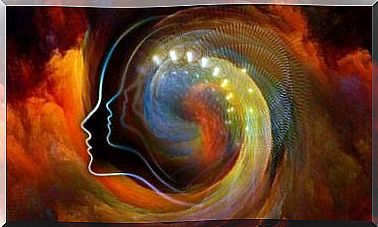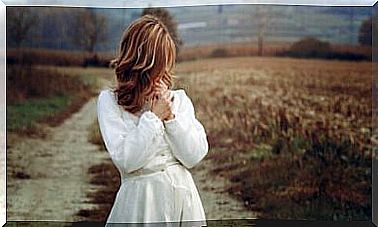Stanley Kubrick’s Life – A True Genius In The Film World
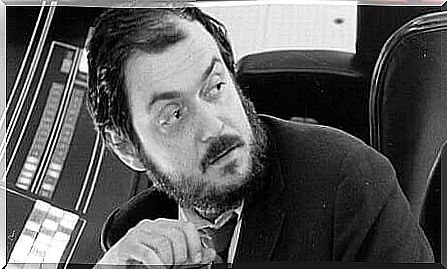
Stanley Kubrick is a name associated with film, perfection, symmetry and depth. No one questions his talent, but Stanley Kubrick’s life was also marked by stress, exhaustion and anxiety during the filming.
Kubrick is considered one of the greatest influences during 20th century filmmaking. It has been told endlessly with stories and legends, which has made Stanley Kubrick an almost mythological figure.
Some people are still trying to find clues in his movies that could lead to the truth. Some even speculate that his last controversial film, Eyes Wide Shut (1999), had much to do with his death.
The image of Kubrick as a tormented genius has grown over the years. In this article, we will discuss his life and his amazing work.
Stanley Kubrick’s life: first steps in filmmaking
Stanley Kubrick was born on July 26, 1928 in the Bronx, New York. Although he grew up in a wealthy Jewish family, Kubrick was an atheist.
From an early age, he showed an interest in chess, jazz and photography. These three interests had a strong influence on his professional future.
For Kubrick, chess was more than just a simple form of entertainment. This gave him the ability to think through an idea before he executed it.
Kubrick saw some similarities between playing chess and directing a film. Playing chess made him learn to observe and analyze before making moves. You can always do things better and you should not leave anything to chance.
He was so fascinated by chess that he included many direct and indirect chess references in his films. An example of this is 2001: A Space Odyssey, when Frank played chess against the computer HAL 9000.
Early works
Stanley Kubrick was not good at school. In fact, he often dropped out of school and received poor grades. We know, however, that he was a very intelligent young man.
His interest in photography led him to work for the magazine Look at the age of 16.
He made his debut in the film world in the 50’s with a short documentary entitled Day of the Flight (1951). He later decided to leave this job and instead worked full time with his first feature film Fear and Desire (1953).
The film did not do very well, and even Kubrick himself said that it was a film of poor quality, and got rid of all the copies.
At this time, Kubrick met a German woman whom he eventually married. Her name was Christiane Kubrick and she became his third wife.
Kubrick eventually gained recognition with the film Paths of Glory (1957). This was an anti-war movie starring Kirk Douglas.
Kubrick was known from the beginning for his perfectionism and absolute control over his films. He needed to control all aspects of this process: production, distribution, etc.
Some say that this intense style had a lot to do with his love of chess. He quickly became known for being an authoritarian perfectionist.
Stanley Kubrick made sure that he always reminded the press that he simply wanted his films to be as he had imagined them. He said that he just wanted everything to go well and that this in itself should not be a negative thing.
Recognition and most famous films
After Paths of Glory , Kubrick continued to make films for another 60 years. Spartacus (1960) was his first high-budget film. Lolita (1962) was a controversial adaptation of the Nabokov short story of the same name.
He also did Dr. Strangelove (1964) – an exceptional film starring Peter Sellers, as well as the famous 2001: A Space Odyssey (1968).
Although he became increasingly famous, it was not easy to get an interview with Kubrick and he rarely attended public events.
He left the United States to settle in the English countryside, and gained a bad reputation as a cold and authoritarian man.
A search for perfection
Kubrick’s perfectionism led him to leave out aliens in 2001: A Space Odyssey. This is because he could not come up with a way to make them look real. The viewer instead had to fantasize for himself.
The journalist Michael Herr published a biography of Kubrick in 2000. In it he explains much of the mythology and legend concerning this famous filmmaker. However, he is still portrayed as a somewhat strange man.
Kubrick knew exactly what he wanted when he made his films. Some of his films were censored, such as A Clockwork Orange (1971).
Kubrick believed that if you wanted to show how man felt during the 19th century, you had to immerse yourself in that period. This insight led him to explore new techniques and new ways of creating film.
In 1980, this filmmaker scared everyone with The Shining , a film inspired by Stephen King’s book of the same name.
It was not easy to film it. His conflicts with the actress Shelley Duvall made him appear even colder than before.
Filming was also difficult for actor Malcolm McDowell in A Clockwork Orange . He suffered fractures to several ribs and also suffered an injury to the cornea during a shot.
Kubrick began slowly in the 80’s after The Shining had come out. It took him seven years to make his next film Full Metal Jacket , which addressed some of the themes that had appeared in Paths of Glory .
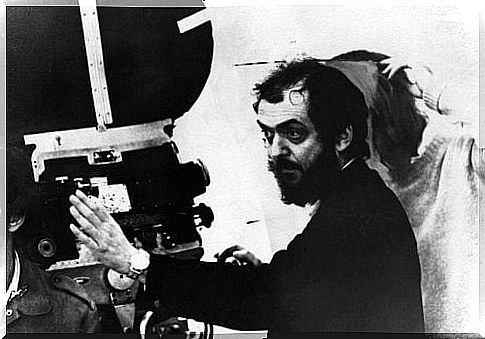
From a lunar landing to Eyes Wide Shut
Stanley Kubrick’s life and films are full of symbolism. These symbols often communicate relevant information to the viewer.
When 2001: A Space Odyssey came out, there was a drastic change in terms of special effects. How many films from this decade have been remembered for their realistic and fantastic special effects?
Remember that all this happened before man had gone to the moon.
It was this that gave rise to the theory that Kubrick actually filmed the first lunar landings and that the whole thing was a hoax. Many believe that he included a large number of hidden messages about this in his subsequent films.
An example of this is a scene in The Shining where Dany is wearing a T-shirt with a space rocket that says “Apollo 11, USA”.
This rumor gained momentum when a fake documentary about the theory called Operation Avalanche came out. Some thought the documentary was true, so the legend continued to spread.
In 2016, Kubrick’s daughter Vivian chose to take this up on Twitter.
She also reminded everyone that her father had had problems with the US government regarding his controversial films. Why then would he help the people who tried to censor his art?
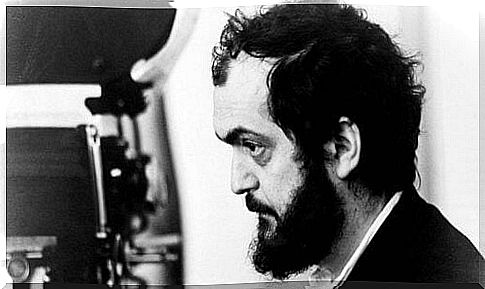
Despite Vivan’s efforts, conspiracy theories about Stanley Kubrick’s life continued. There are an infinite number of theories online about how Kubrick belonged to a secret society.
Some believe that in his film Eyes Wide Shut he gave clues that secret societies rule the world. They think this movie was a death sentence for the director.
Kubrick was quite politically controversial and skeptical about democracy, but there is no way of knowing whether these theories are true.
Stanley Kubrick’s life and death
What we do know, however, is that Kubrick died of a heart attack at the age of 70 on March 7, 1999, before Eyes Wide Shut premiered. He was buried in his own backyard during a private funeral.
Whether all these rumors about him are true or not, there is no doubt that he was a filmmaker with a lot of talent and that his legacy has lived on over the years.
There are some movies that Kubrick did not have time to complete, such as Napoleon and even a pornographic movie called Blue Movie .
He never won an Oscar for best director, but he won an Oscar for best special effects for 2001: A Space Odyssey . Stanley Kubrick has given us some of the most interesting films in history.

